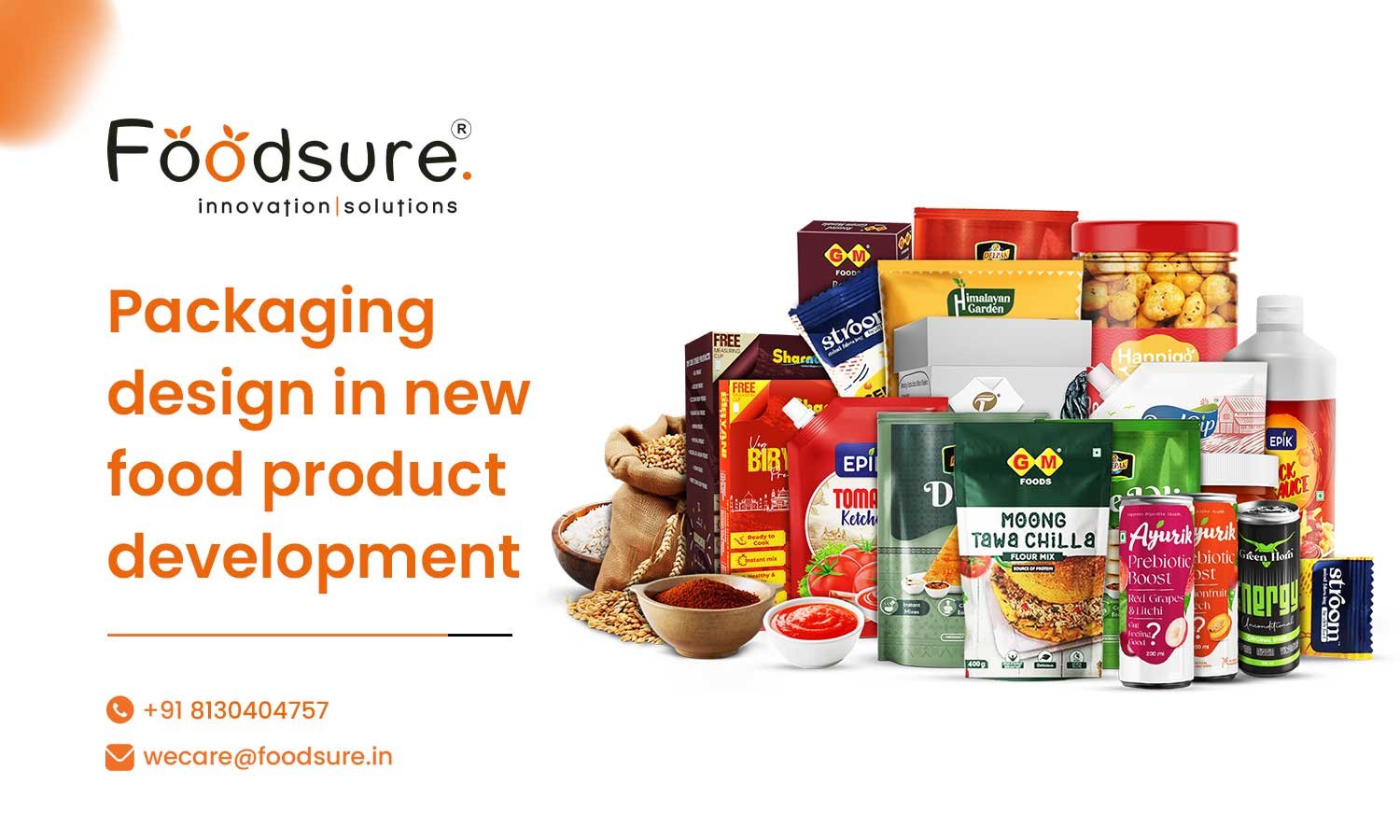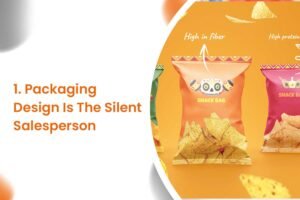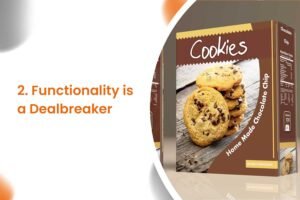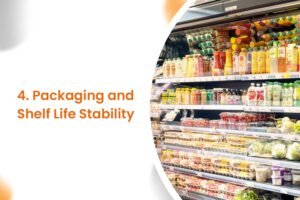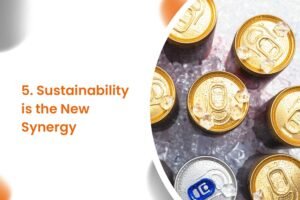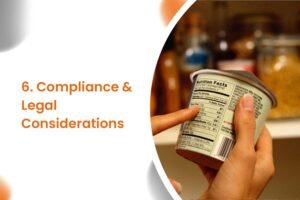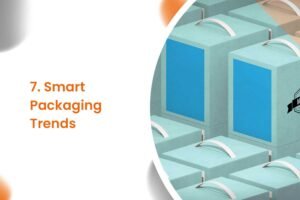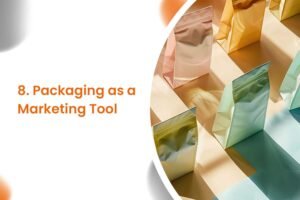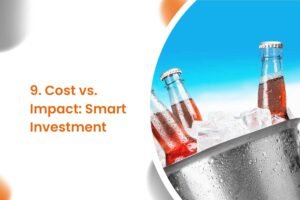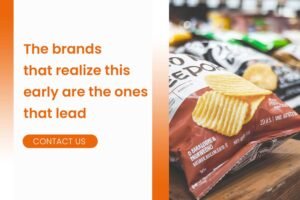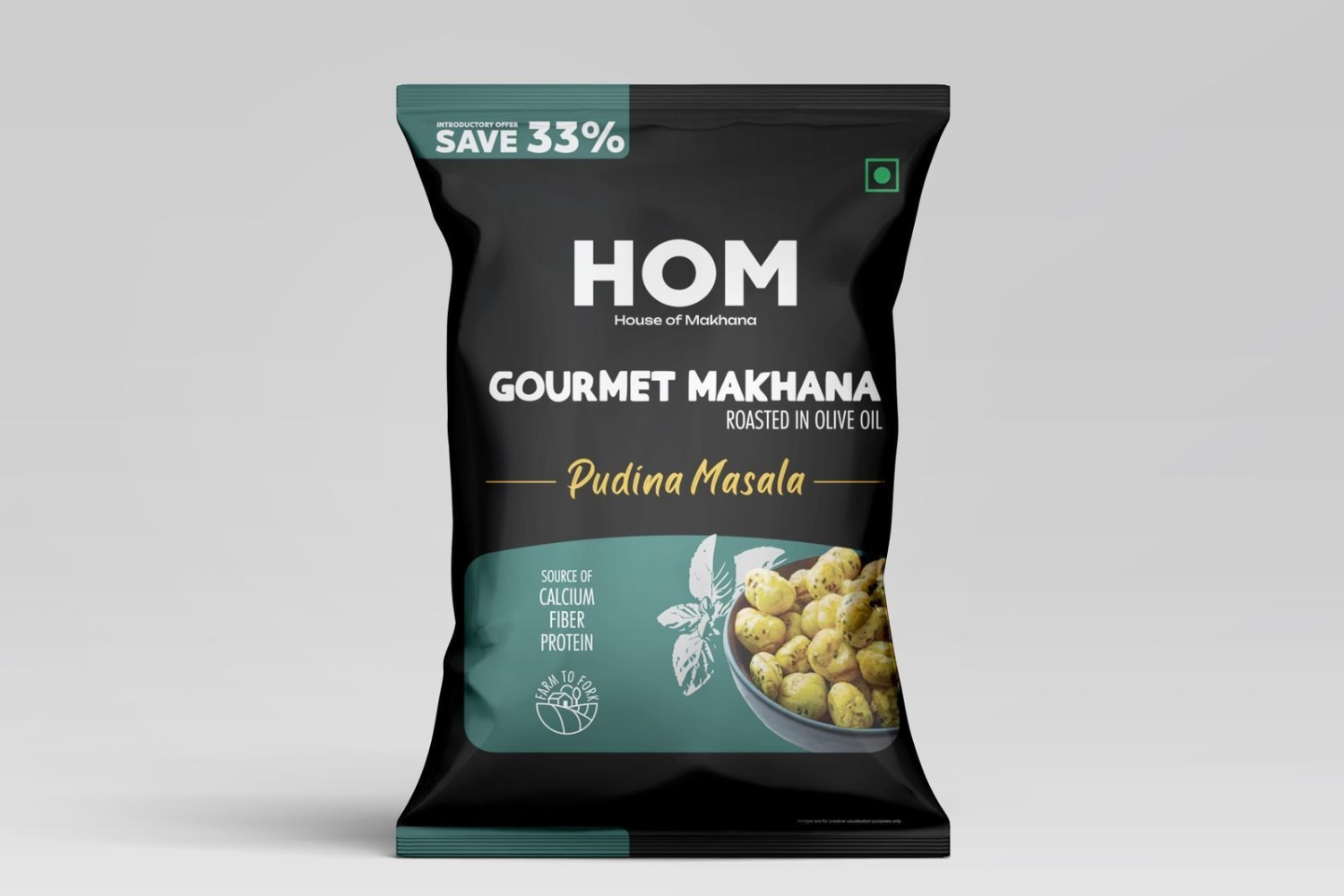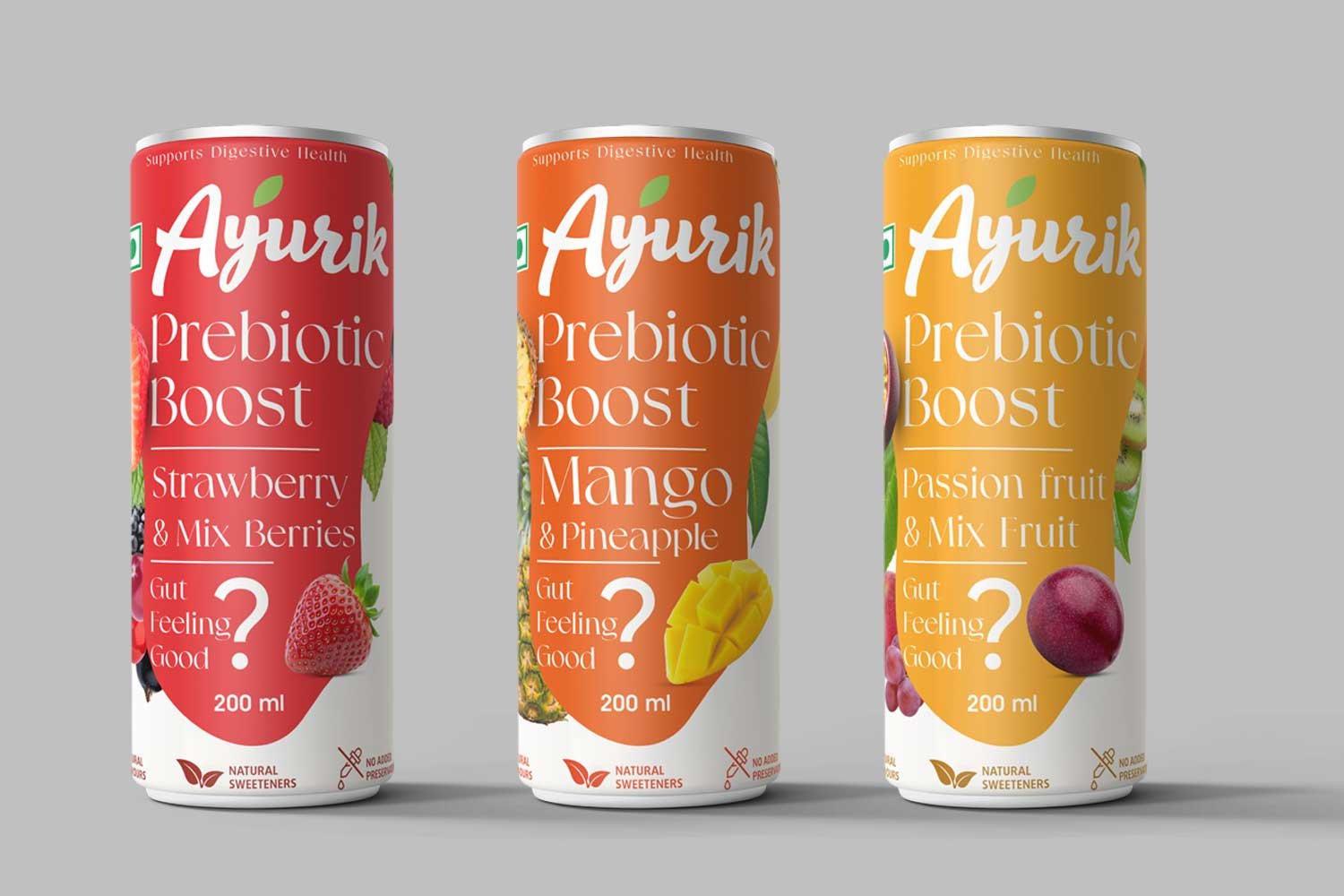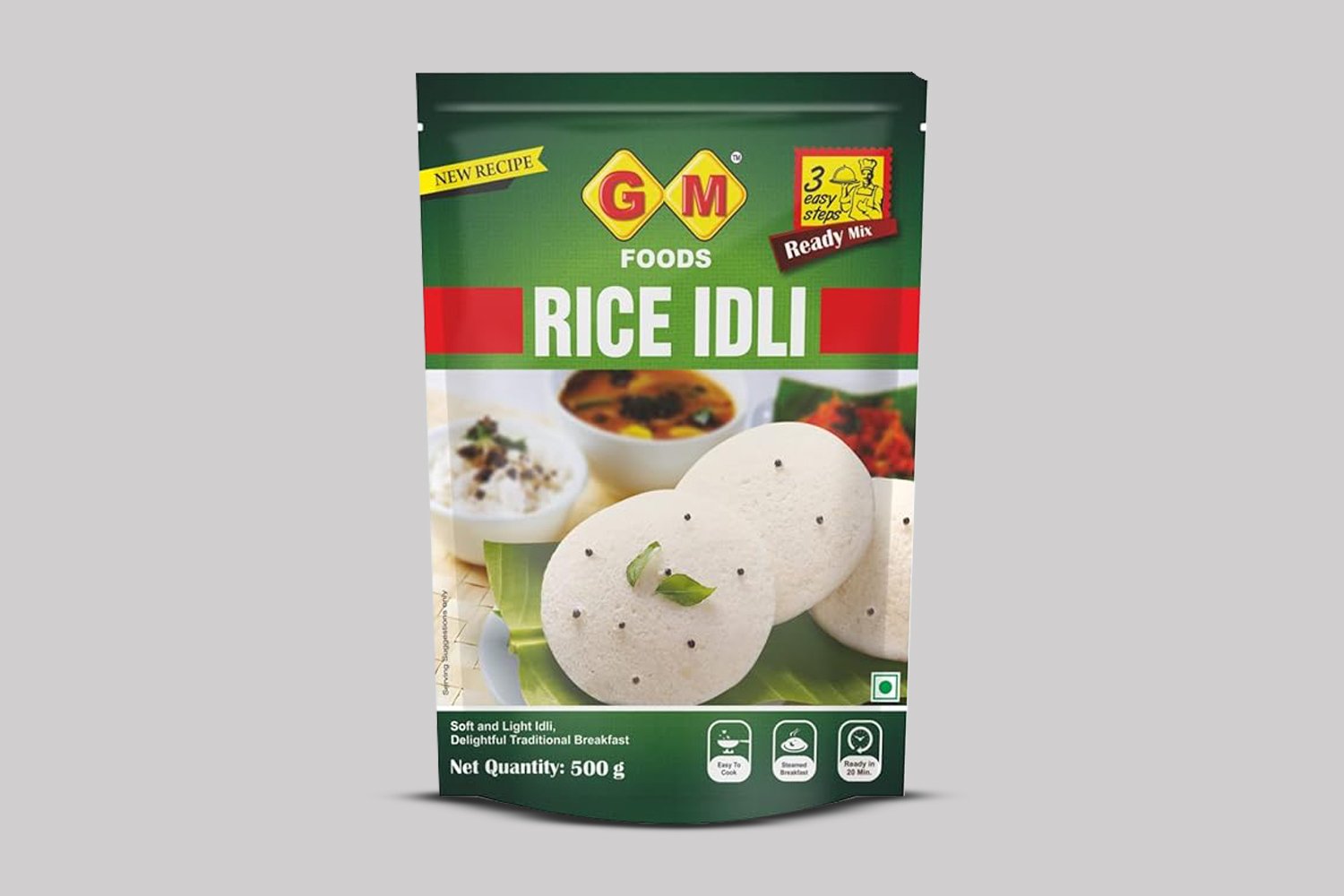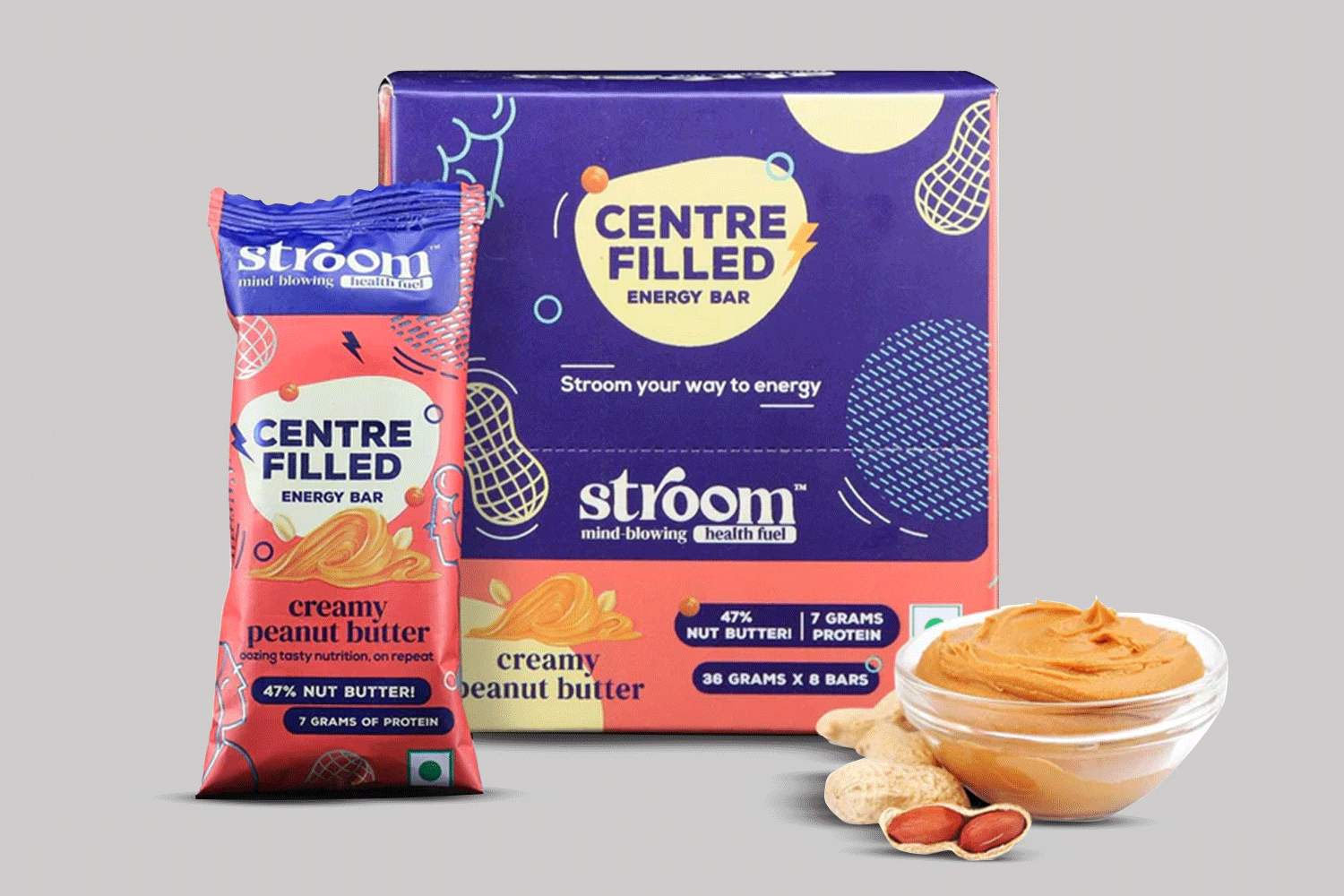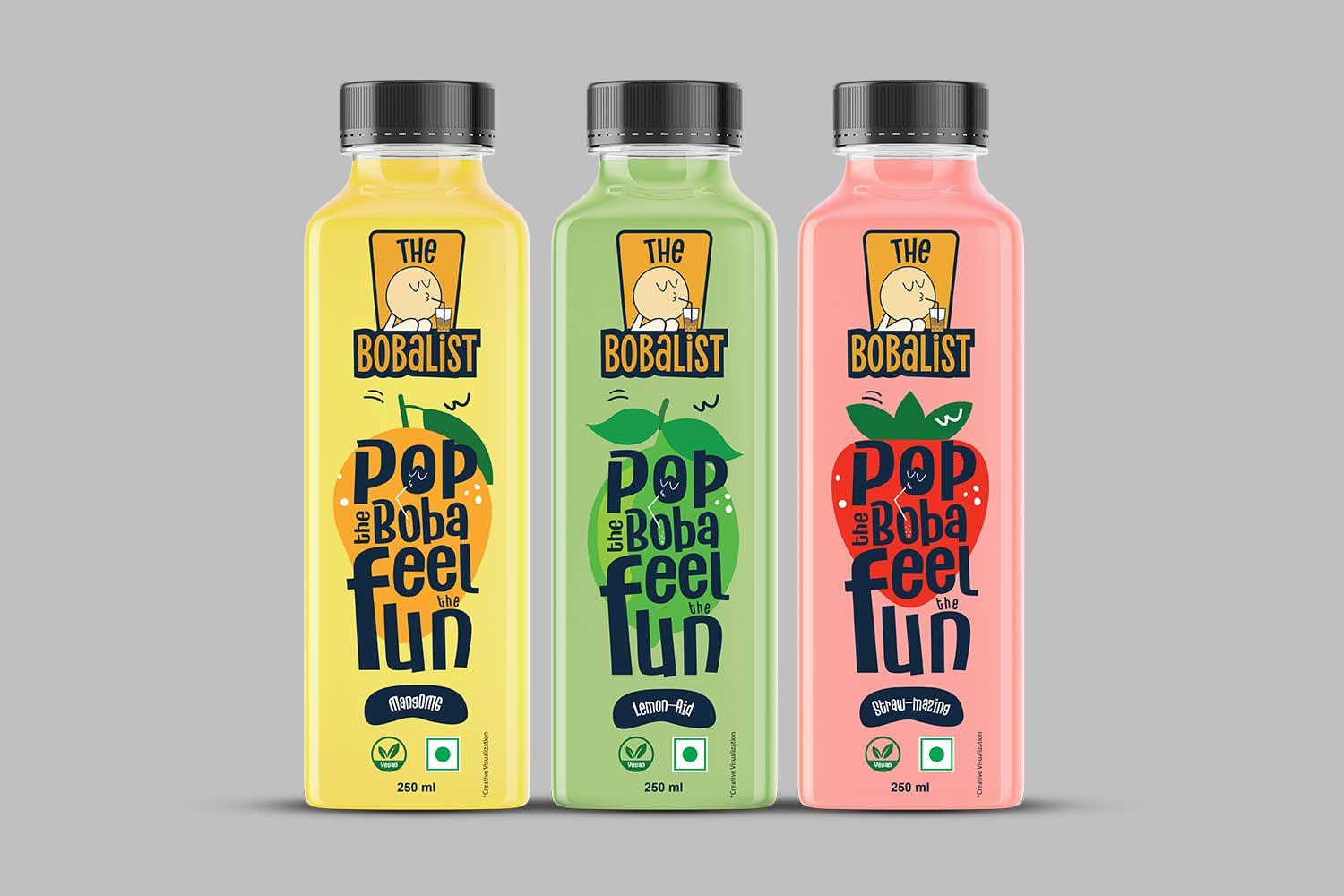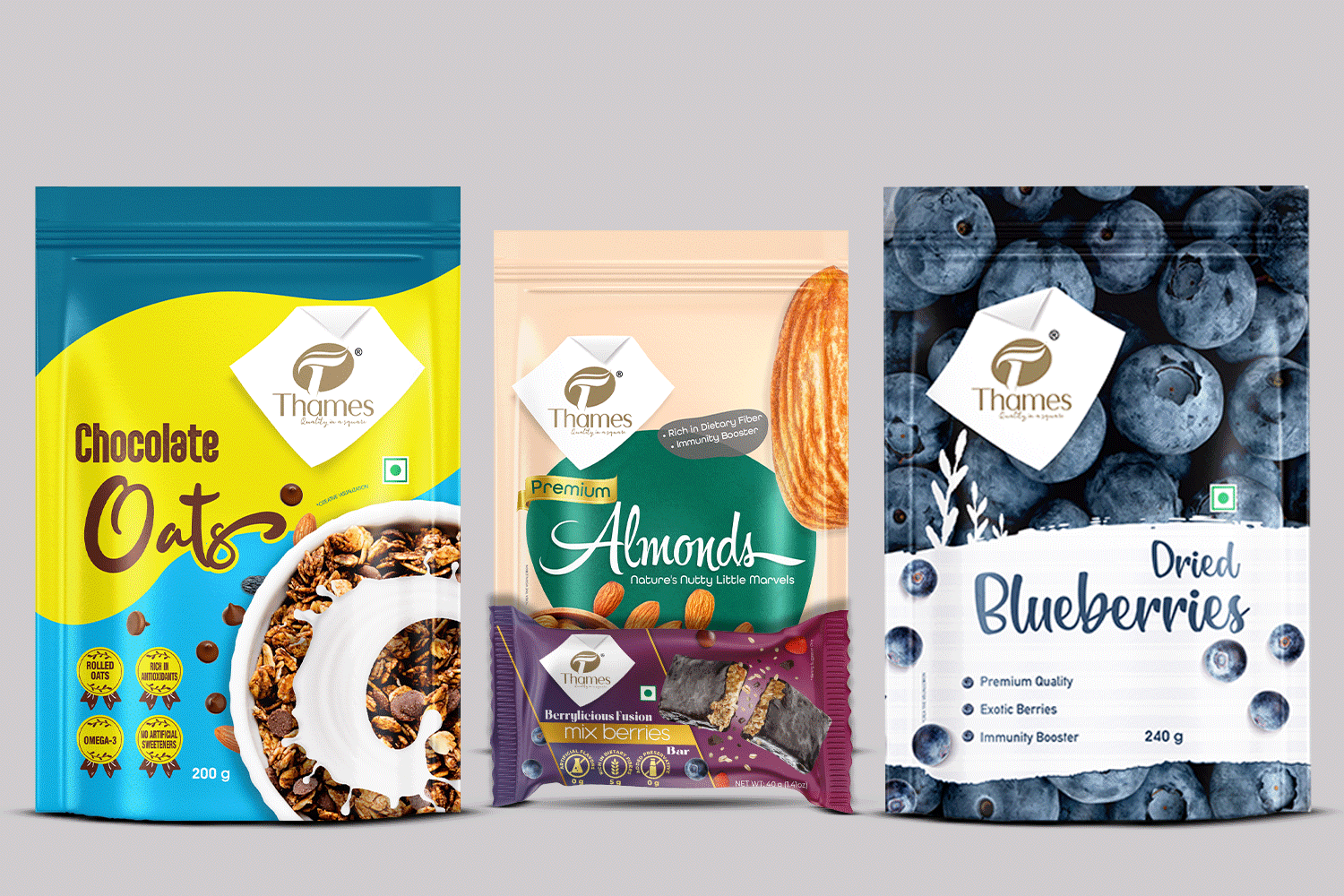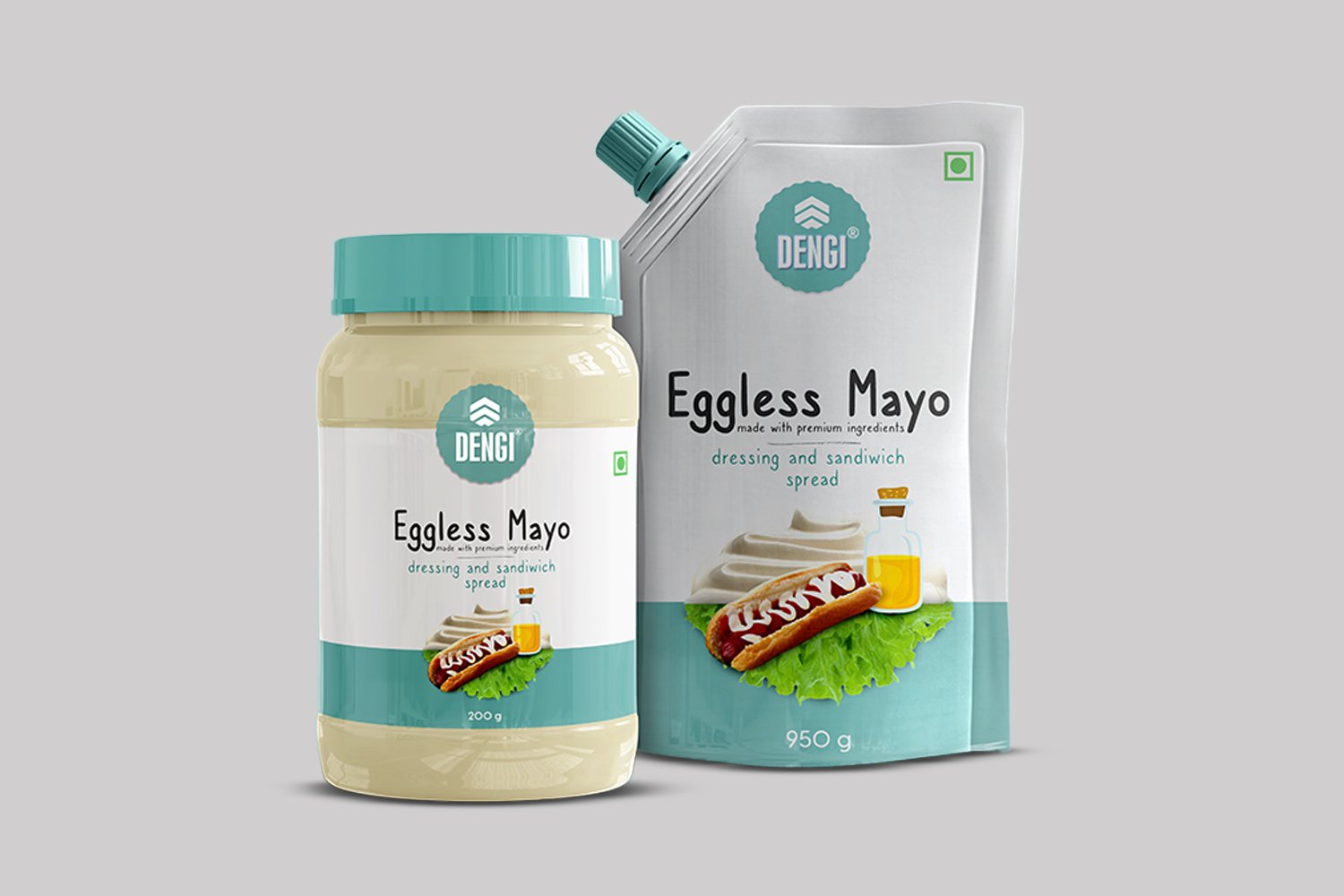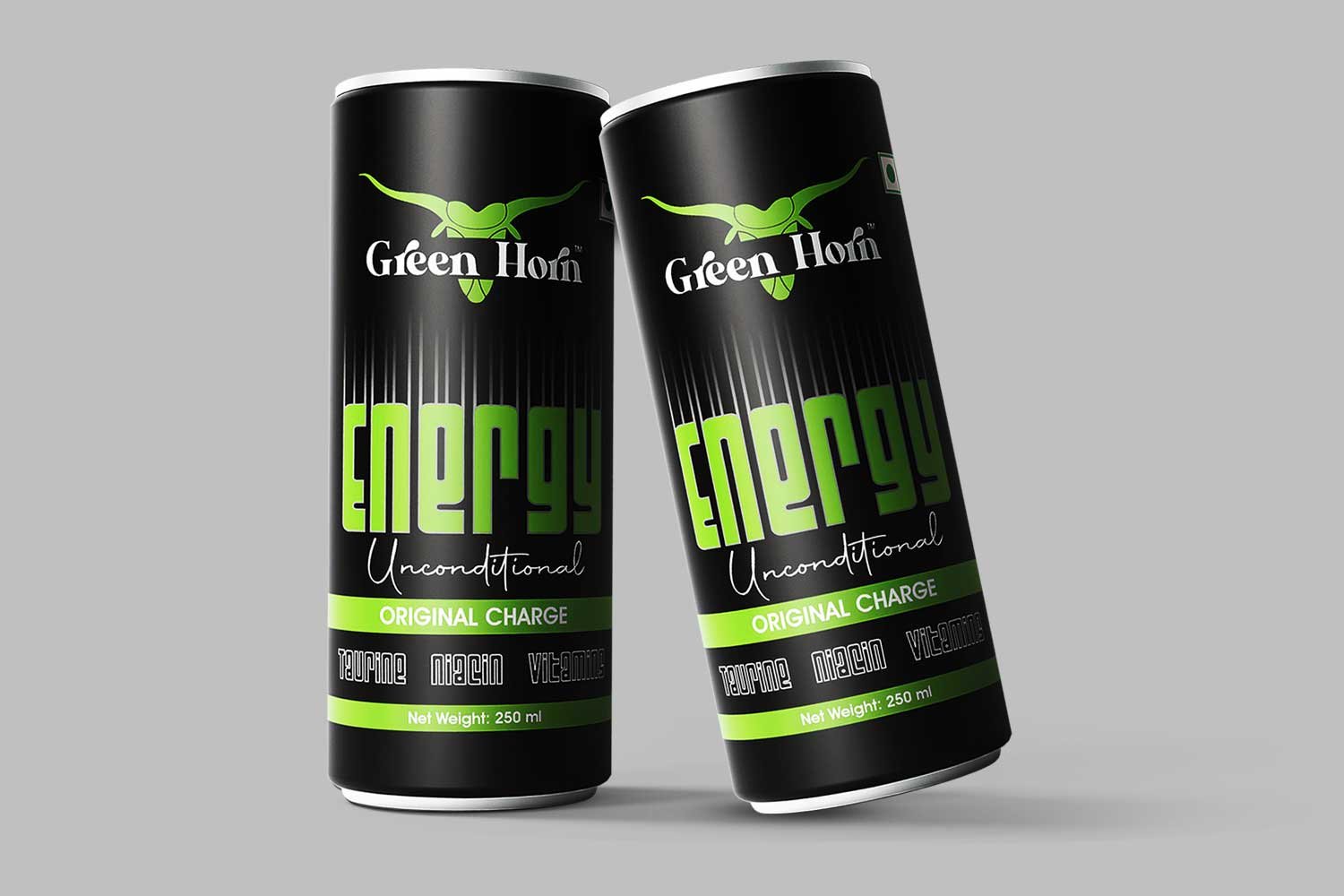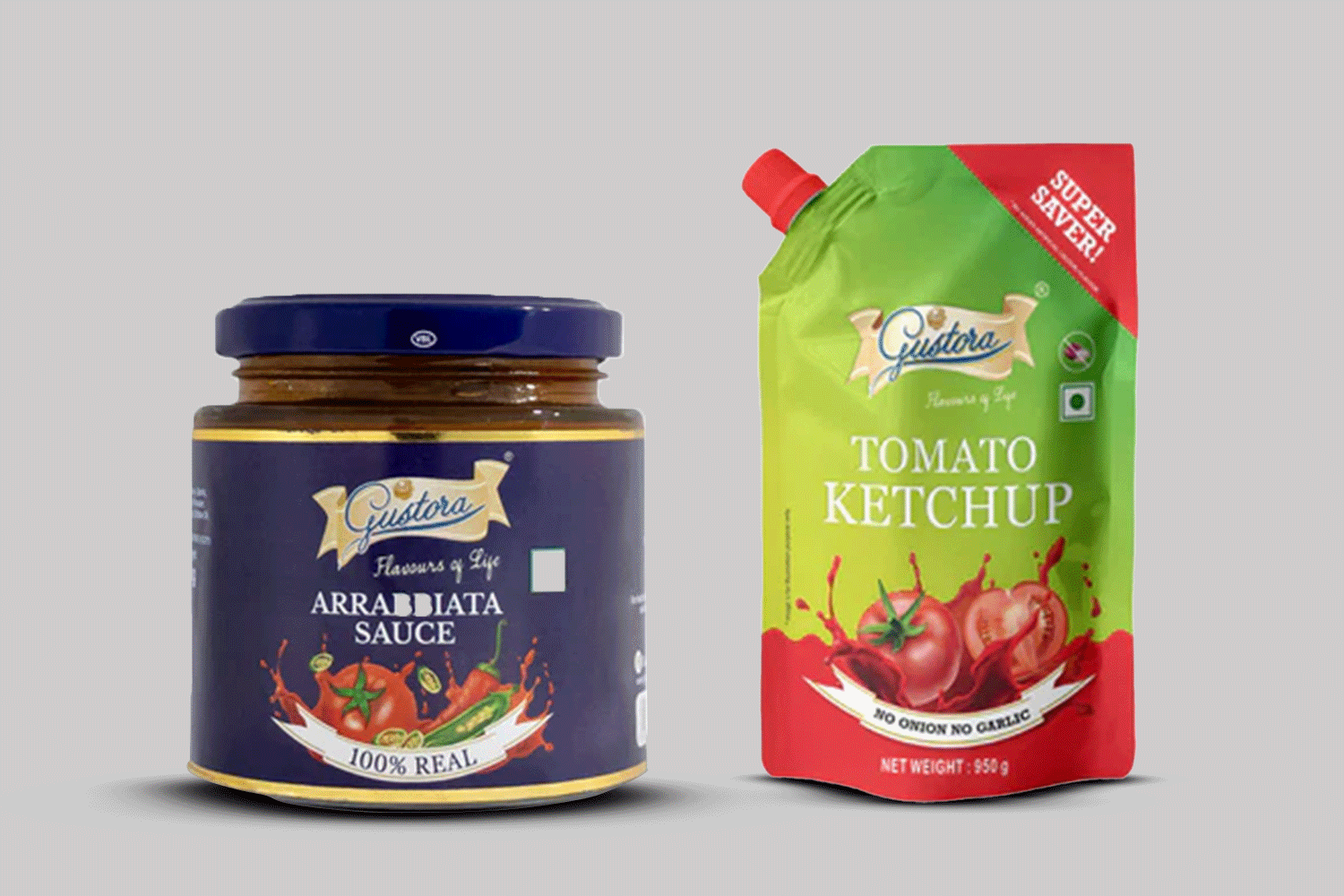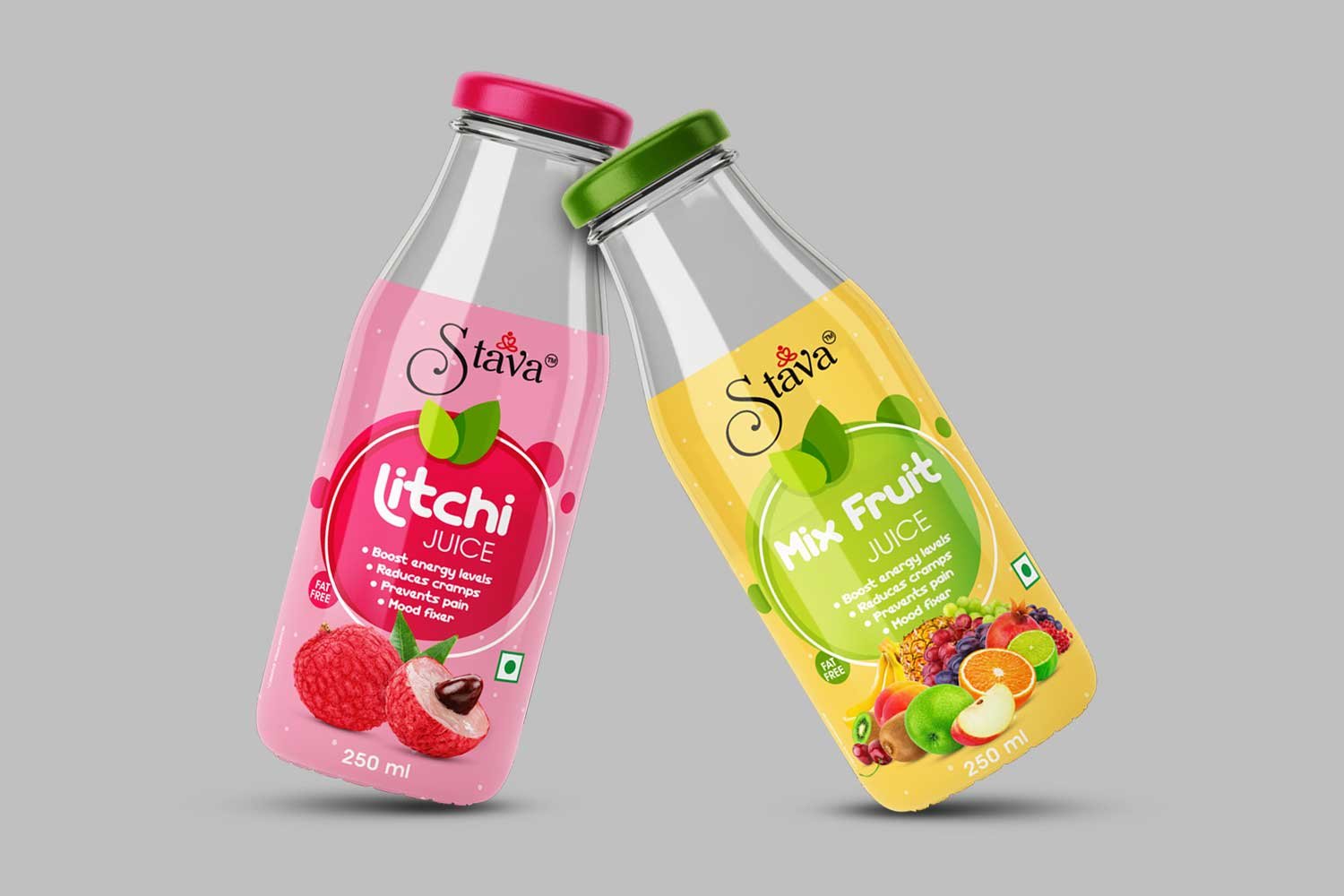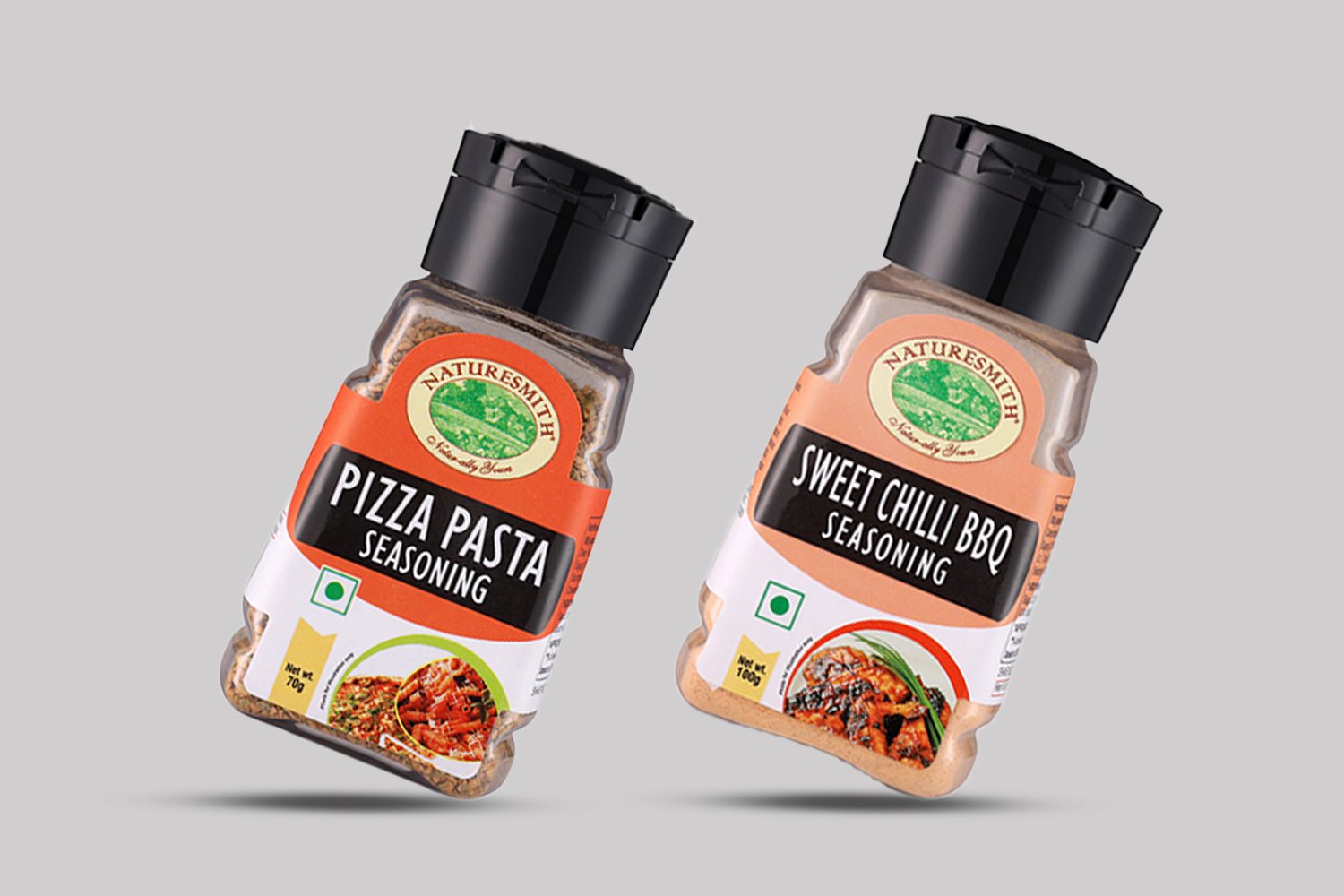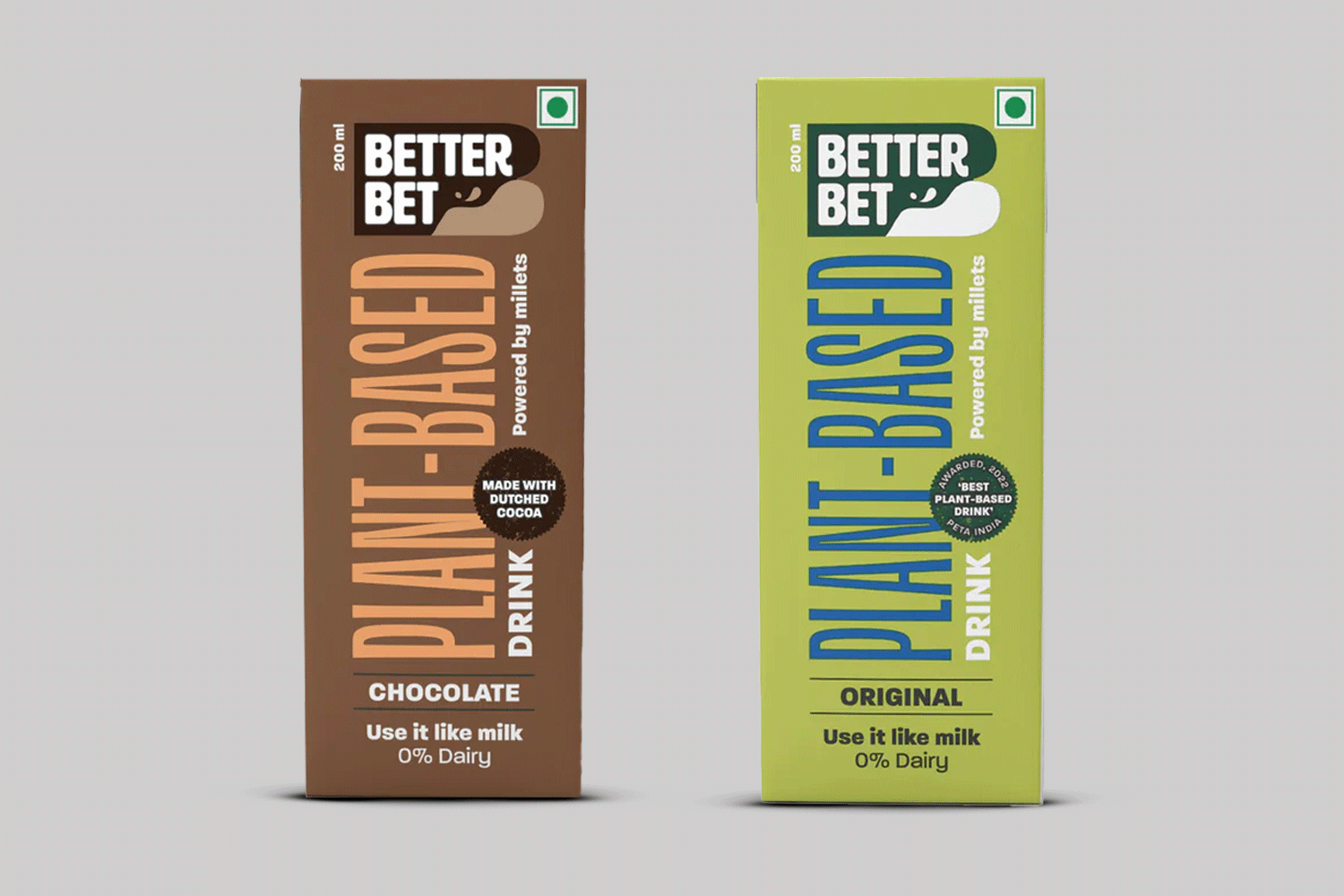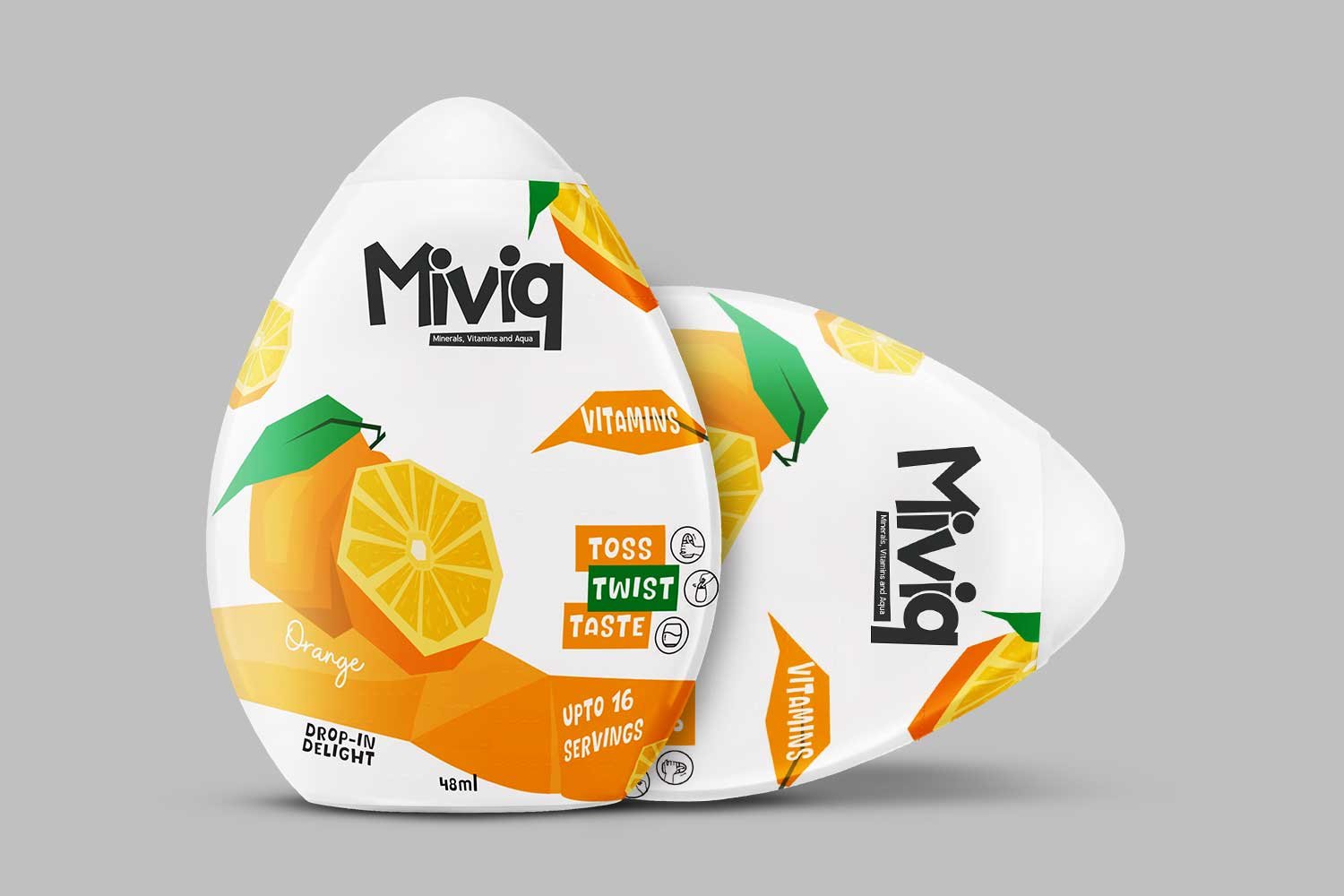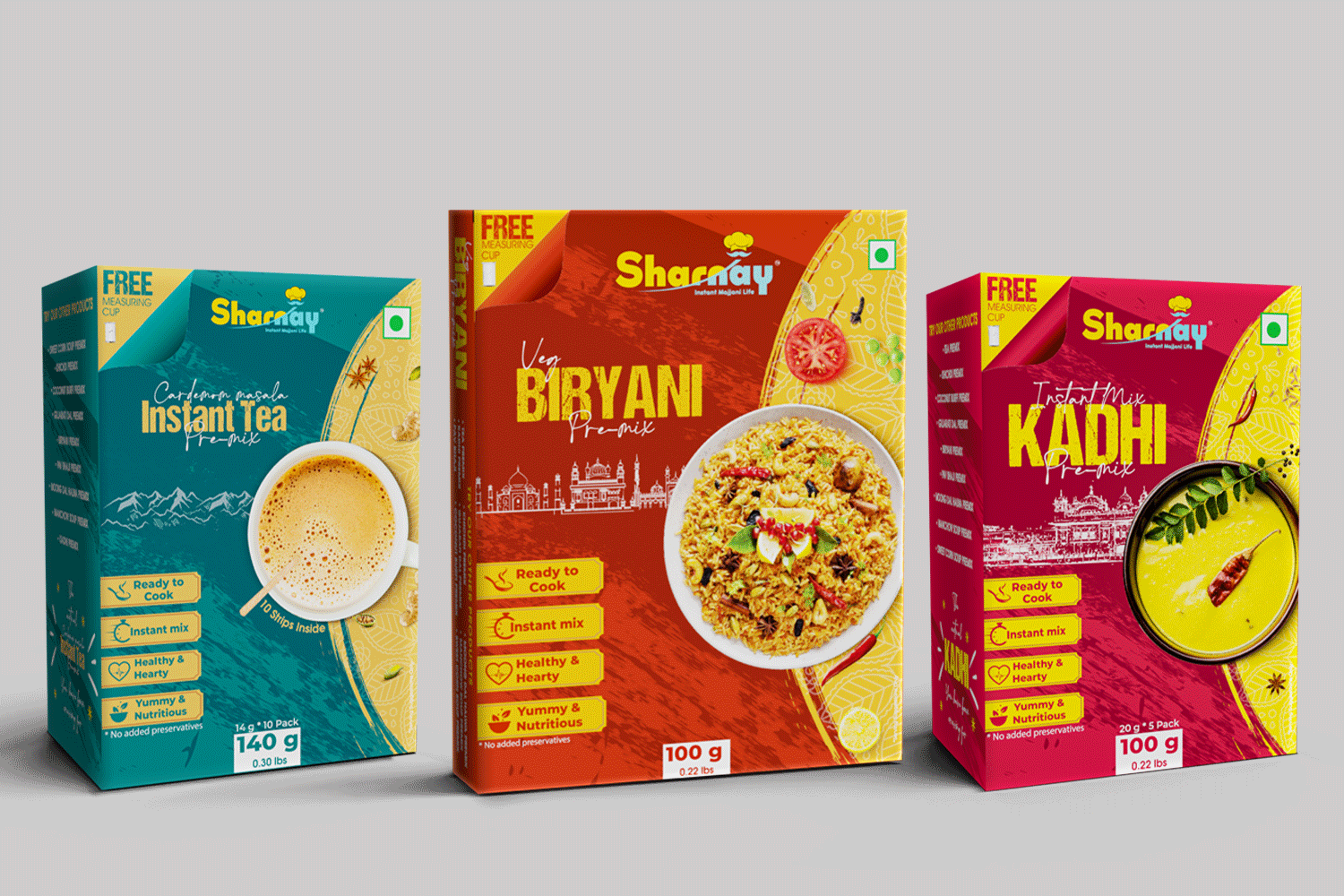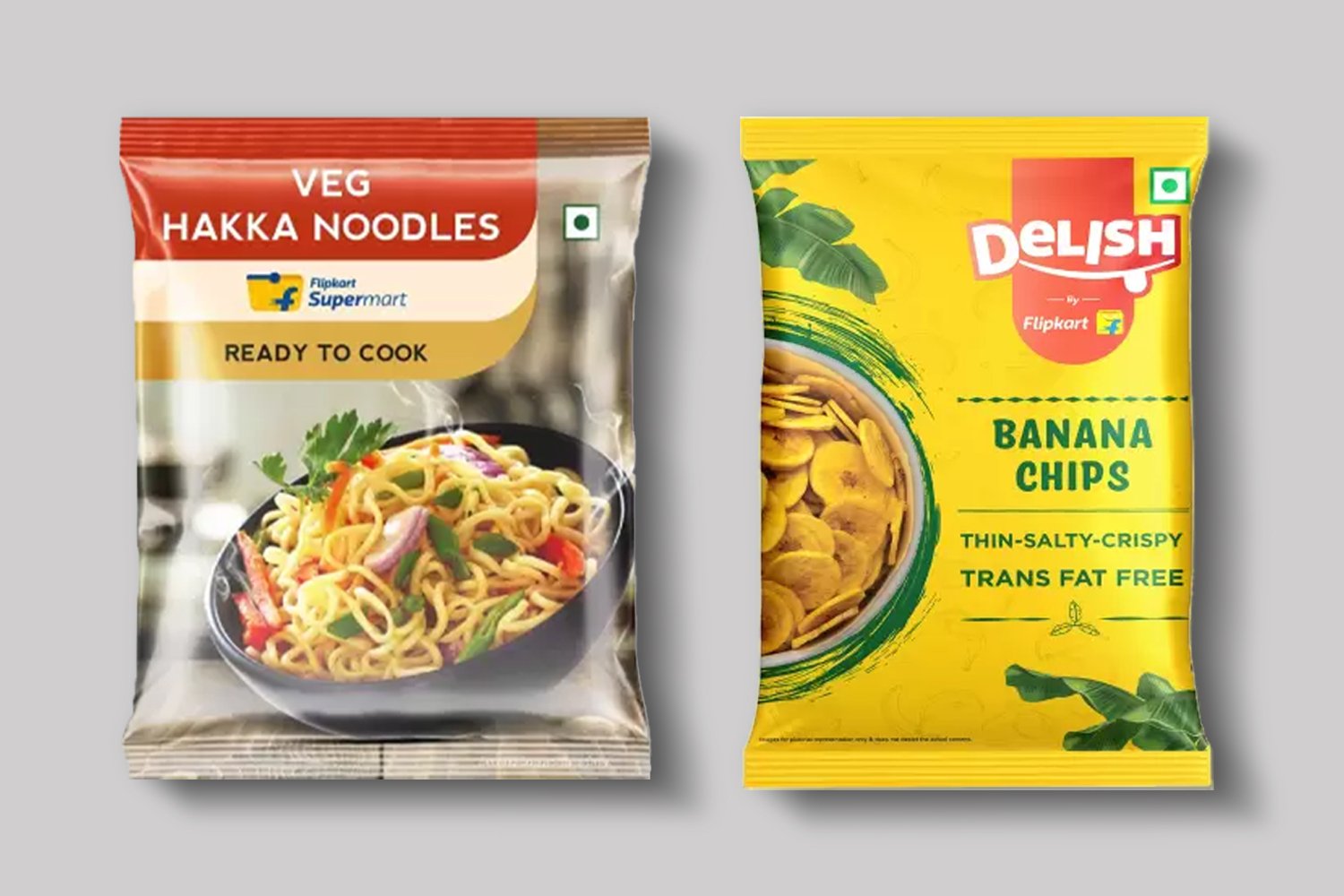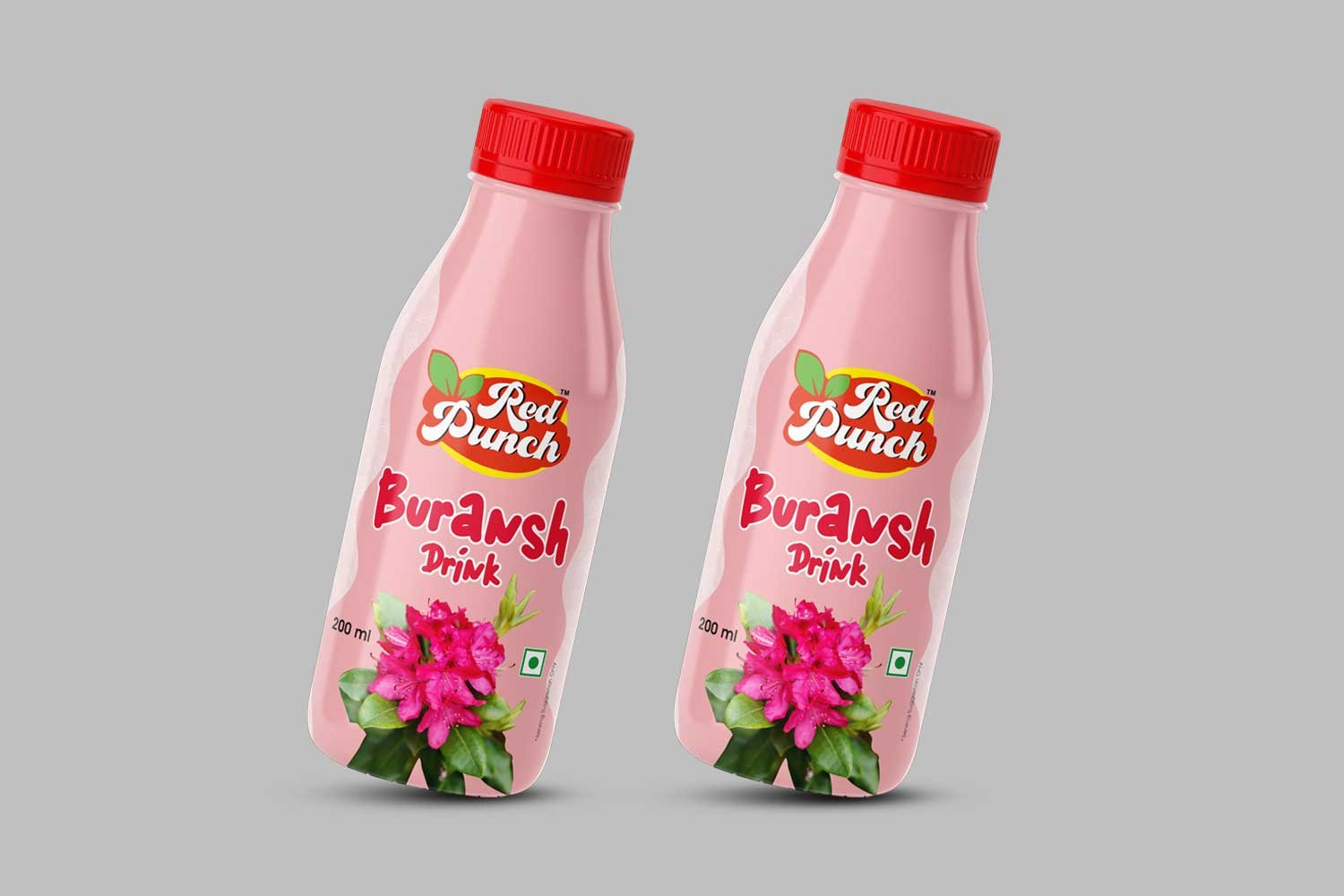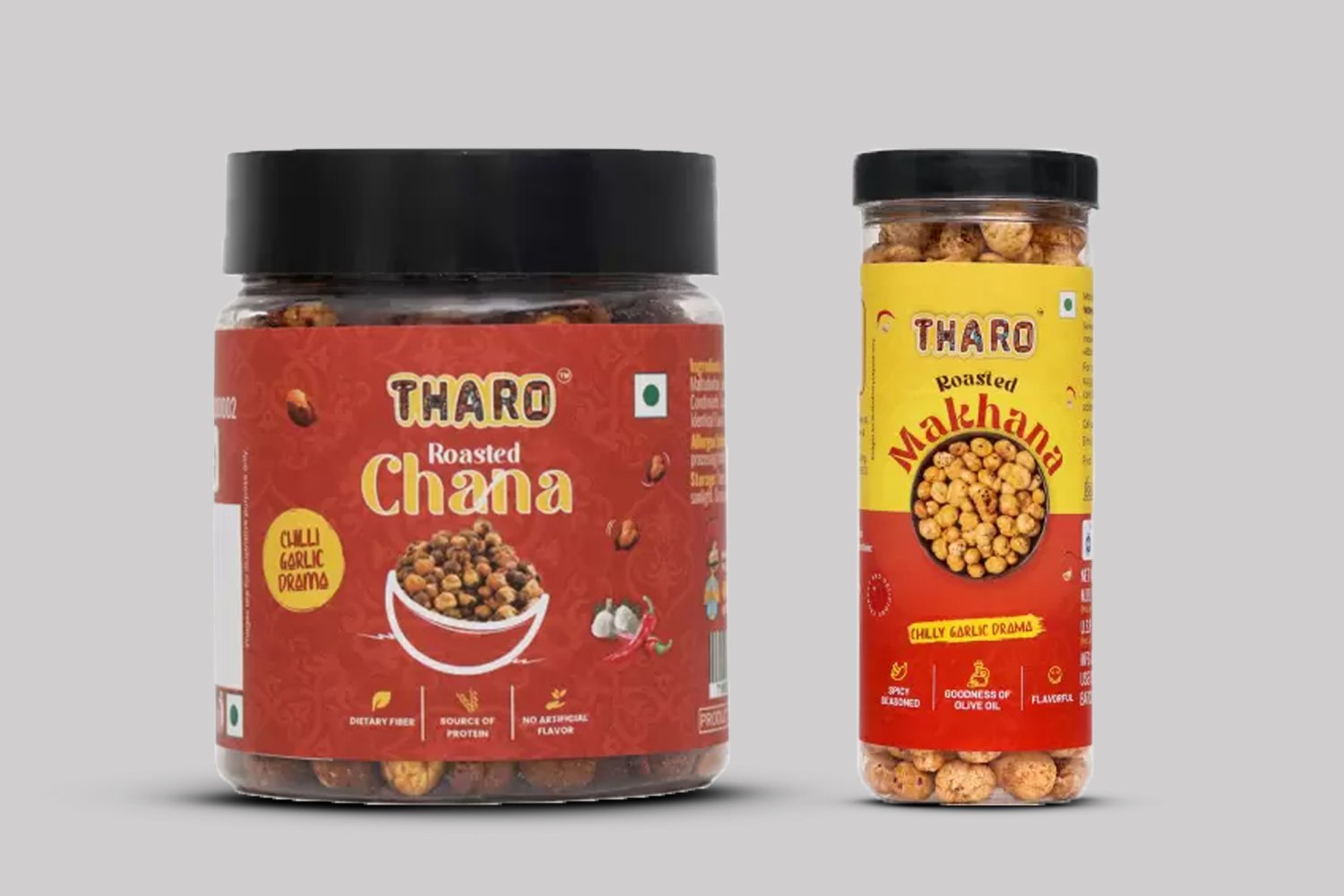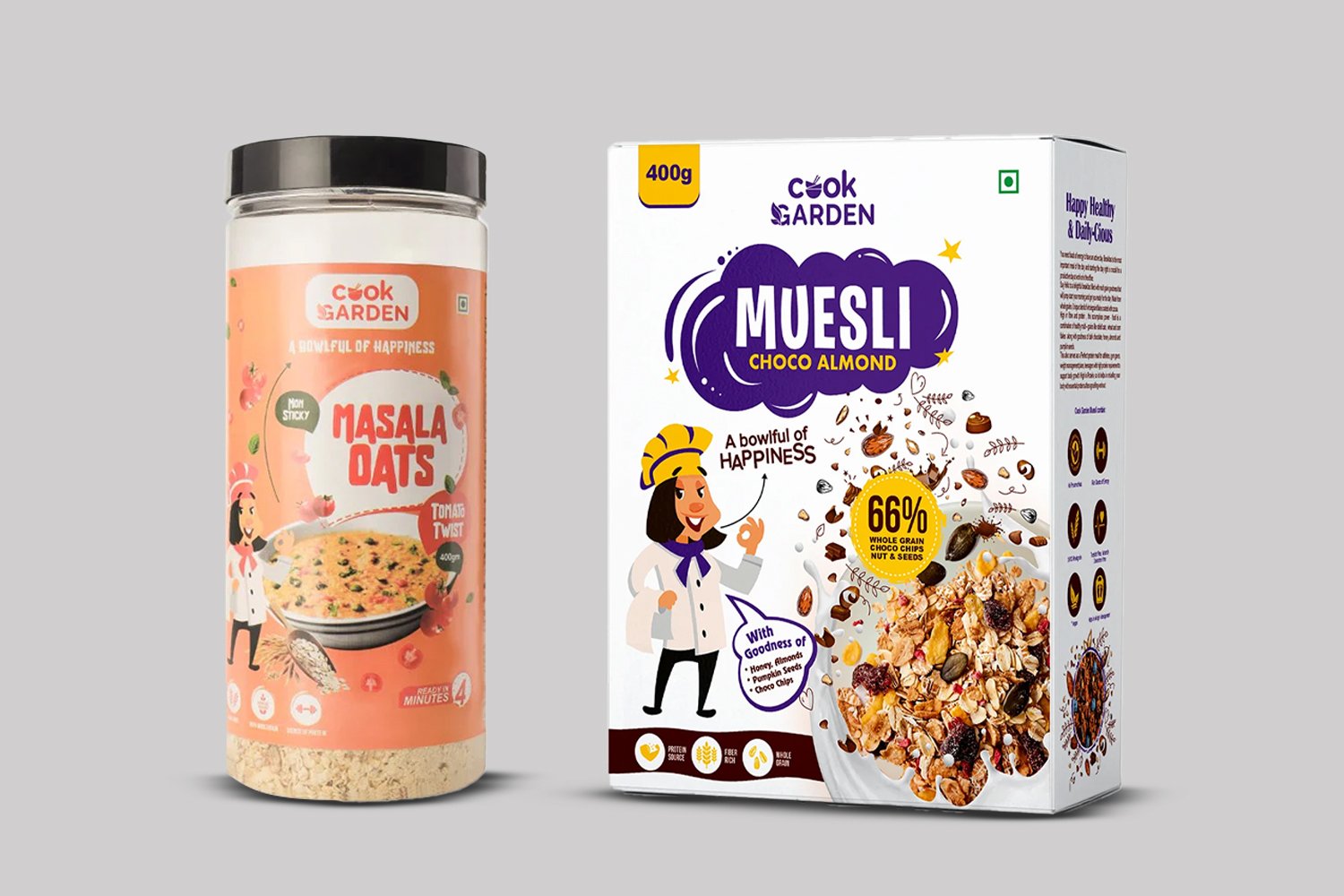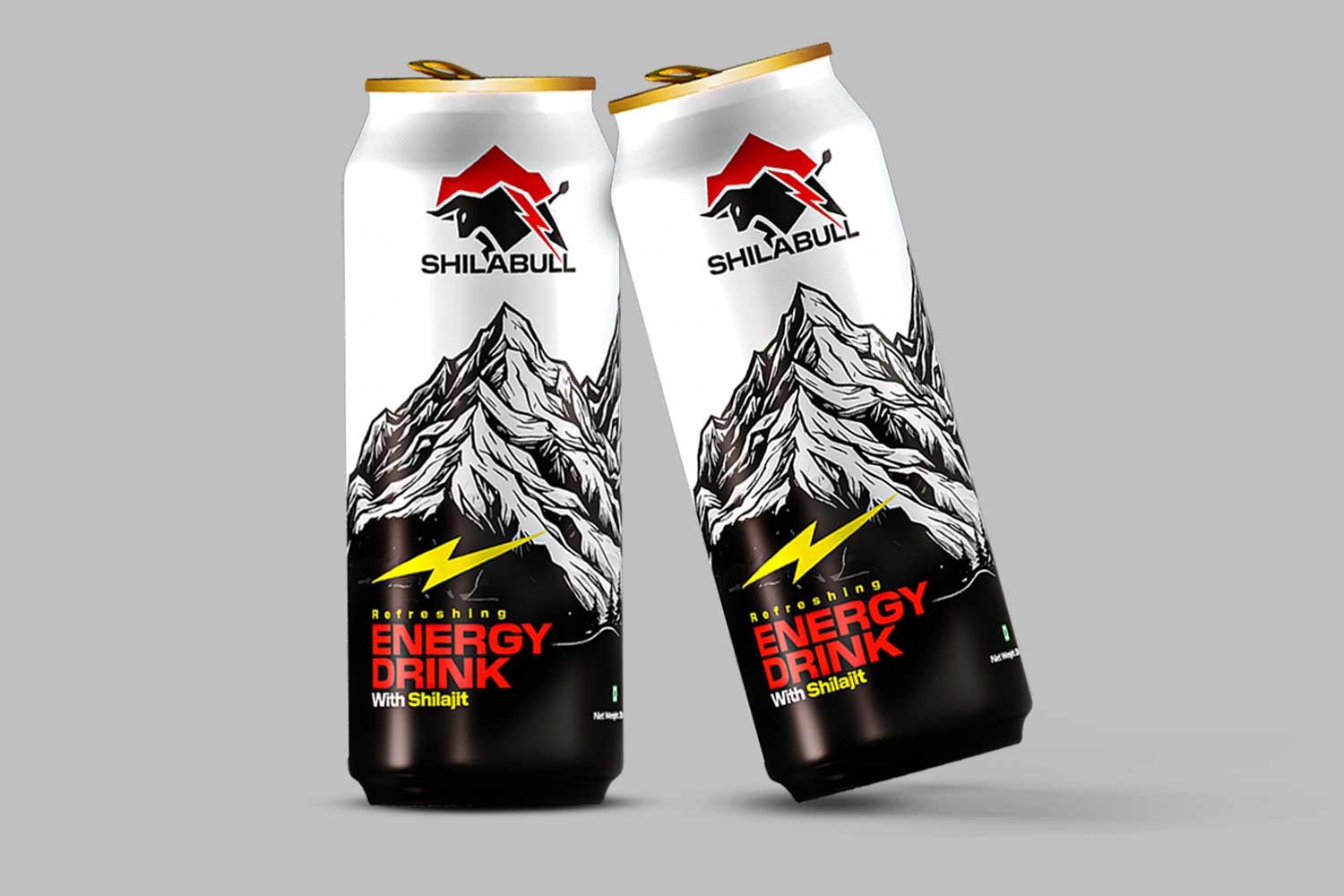Your food product won’t even get tasted if your innovative food packaging design doesn’t speak first. That’s the brutal truth of today’s fast-moving food industry.
We live in a world where consumers scroll faster than they read, and shelf decisions are made in under 7 seconds. In that tiny window, it’s not your flavor or formula that convinces you — it’s your innovative food packaging design in new food product development.
Why did RAW Pressery’s minimalist bottles become the face of clean-label juices? Why did Too Yumm’s bold, youth-driven design disrupt an entire snacking category? Because packaging design is not merely a design — it’s your first pitch, your brand handshake, and your silent salesperson. Whether you’re crafting a breakthrough energy bar, a heritage spice blend, or a futuristic plant-based meal, your success depends on how your product looks, feels, and connects at first glance.
That’s why packaging design in new food product development is not an afterthought — it’s your front-line strategy. Let’s unpack how design drives trust, emotion, shelf life, and ultimately, sales.
1. Packaging Design Is The Silent Salesperson
Packaging design in food industry is your first interaction with the customer. In fact, studies show that over 70% of purchase decisions are made on the shelf, often in just 7 seconds. That’s how long you have to grab attention.
Take, for instance, brands like Paper Boat. Their pouch-style packaging isn’t just unique in design but evokes nostalgia and emotional value. That design choice helped them stand out amidst global giants in a highly competitive beverage market.
This is the core of the new food product development strategy: align product values with visual identity. A clean, informative, and attractive design builds trust.
2. Functionality Is A Dealbreaker
Packaging design in food industry is the key to highlighting your brand’s purpose and functions. Design without function is just art. In food packaging design, it’s more than pretty colors — it’s about preservation, portability, and user-friendliness.
Think about yogurt in squeezable tubes vs. traditional cups. It changed how people consumed it on the go. Or resealable packs for snacks — they extend shelf life and add convenience, improving customer satisfaction.
So when planning your packaging design in new food product development, ensure it’s functional and user-centric.
3. Brand Storytelling And Emotional Connect
People don’t buy just products; they buy stories. Good food packaging design tells a story instantly — about the origin, the ethics, the promise.
For example, a startup selling organic honey used kraft paper labels, minimalist fonts, and bee-friendly imagery. This wasn’t random. It told the story of purity, sustainability, and community.
In your food product development strategy, define what emotion your brand evokes and use food packaging design to amplify it. Typography, colors, imagery — each element plays a part.
4. Packaging And Shelf Life Stability
A crucial but often overlooked aspect is how food packaging design affects your product’s shelf life. The right material can significantly improve stability.
Vacuum-sealed packs, multi-layer laminates, and oxygen barrier films are some innovations enhancing the shelf life of perishable goods. For energy bars or functional drinks, shelf life plays a direct role in profitability and customer trust.
If your packaging fails, even the best product spoils early.
That’s why integrating packaging design in new food product development is critical right from the R&D stage, not just before launch.
5. Sustainability Is The New Synergy
Eco-conscious customers are growing, and they care about what your packaging is made of. Is it recyclable? Compostable? Does it reduce plastic waste?
Brands like Beco or RAW Pressery shifted to recyclable PET bottles and eco-friendly sleeves not just for ethics, but also for positioning.
Including sustainability in your new food product development strategy is no longer optional. It’s a market expectation.
6. Compliance & Legal Considerations
Your packaging isn’t just for appeal — it needs to follow legal standards too. Mislabeling, lack of allergen warnings, or missing FSSAI licensing can result in penalties and product recalls.
This is especially important for exports. Each region (EU, US, etc.) has its own set of packaging compliance rules.
Involve compliance checks early during your food product development strategy planning.
7. Smart Packaging Trends
With tech evolving, smart packaging design in food industry is rising. QR codes, freshness indicators, and NFC-enabled storytelling are changing how consumers interact with products.
Imagine a jam bottle where scanning a code tells you the farm it came from. That’s transparency, and Gen Z loves it.
Future-focused brands are already integrating such tools during their new food product development strategy phase.
8. Packaging As A Marketing Tool
Don’t just see packaging design in food industry as a post-production cost. Treat it like a marketing channel. A good unboxing experience increases repeat purchases, especially in the D2C space.
Example: A granola brand added motivational quotes inside every pack. Customers started sharing them online. That’s word-of-mouth marketing powered purely by packaging.
Your packaging design in new food product development can be your brand’s biggest advocate.
9. Cost vs. Impact: Smart Investment
Yes, custom packaging may cost more upfront. But if it boosts shelf life, builds brand loyalty, reduces returns, and enhances shelf visibility, it pays back 10x over.
Food packaging design strategy that tells your story + delivers functionality = long-term ROI.
Include packaging budgeting in your new food product development strategy from Day 1.
Food Packaging Trends 2025
As we move into 2025, the world of packaging design for food products is changing fast, and it’s all about what consumers care about most: clarity, sustainability, and smart experiences.
If you’re developing a new food product, ask yourself:
- What story will my food packaging design tell?
- How will it feel in the user’s hand?
- Will it protect my product till the last mile?
- Does it support both in-store and e-commerce selling?
1. Simple & Honest Designs- Today’s customers want to see what they’re buying. That’s why minimalist and transparent packaging is trending. Clear windows, clean labels, and less clutter make your product look more real and trustworthy — a key part of any food packaging design strategy.
2. Easy-to-Recycle Packaging- Mono-material packaging (like single-material pouches or trays) is on the rise. It’s easier to recycle and great for brands that want to go green. This eco-shift is becoming a strong pillar in the role of packaging in product development.
3. Nature-Based Materials- From corn-starch wraps to mushroom-made containers, biodegradable films and plant-based packaging are making waves. Consumers love knowing their food packaging won’t harm the planet.
4. Personal Touch with Print-on-Demand- Thanks to AI and smart printing, brands are creating custom labels for festivals, names, or even customer milestones. It’s fun, personal, and gives your brand a special connection with your buyers.
5. Smart Protection for Products- Temperature-sensitive coatings and light-resistant layers help protect foods like drinks or supplements. These tech-savvy materials keep things fresh longer, especially for cold chain or functional products.
6. Interactive & Voice-Activated Packaging- This one’s futuristic — packaging that talks, guides, or interacts through apps and AR (augmented reality). Think of scanning your snack pack to see recipe ideas or games. It’s engagement + function = next-level packaging.
Packaging Is Not An Afterthought
To wrap it all up (pun again!), the packaging design is not just a pretty cover. It is a strategic pillar in food innovation. The brands that realize this early are the ones that lead, not just in taste, but in trust, shelf space, and sales. Now you know the best packaging design strategies for food startups, let’s take a step forward with Foodsure.
Packaging design in new food product development is not the end of the journey — it is the doorway to your customer’s first bite. Contact us now at +91 8130404757
FAQs
How does packaging design influence consumer purchasing decisions?
Packaging design significantly impacts consumer choices by enhancing shelf appeal and conveying brand identity. Effective design communicates product quality, nutritional benefits, and brand values, thereby influencing purchasing behavior. Incorporating elements like clear labeling and attractive visuals can attract attention and drive sales.
What role does packaging play in extending a product’s shelf life?
Packaging serves as a barrier to environmental factors such as moisture, light, and oxygen, which can degrade food quality. Advanced packaging materials and technologies, like active packaging, help preserve freshness and extend shelf life, ensuring product safety and reducing waste.
How can sustainable packaging design benefit new food products?
Sustainable packaging design not only reduces environmental impact but also appeals to eco-conscious consumers. Utilizing recyclable or biodegradable materials can enhance brand image, comply with regulations, and meet consumer demand for environmentally friendly products.





